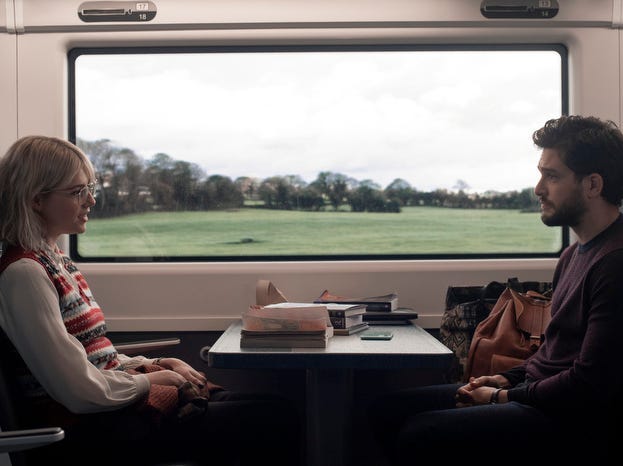
David ClearyAmazon Studios
- A "Modern Love" episode fictionalizes Cecilia Pesao's love story of a missed opportunity.
- The episode follows Kit Harington and Lucy Boynton as they meet and fall in love on a train.
- Insider spoke with Pesao who said her real-life story didn't have a Hollywood ending like the episode.
- Visit Insider's homepage for more stories.
Cecilia Pesao thought she had landed in a love story fit for Hollywood when she met a man on a train.
"Instant crush," Pesao wrote in her submission to the New York Times' "Modern Love" column, written right at the start of the COVID-19 pandemic last year. "A perfect, flirtatious, six hours. The beginning of our love story?"
But she didn't get her Hollywood ending. That only happens in the TV adaptation of her experience.
"Modern Love" returned with its second season on Friday, and one episode titled "Strangers on a (Dublin) Train," starring Lucy Boynton and Kit Harington, shared Pesao fictionalizes story of her chance encounter.
During an interview over Zoom, Pesao told Insider what actually happened and while onscreen viewers get a happy ending, in real life her story ended a bit differently.
Cecilia Pesao met a stranger on a train in Europe just as COVID-19 was beginning to spread around the globe
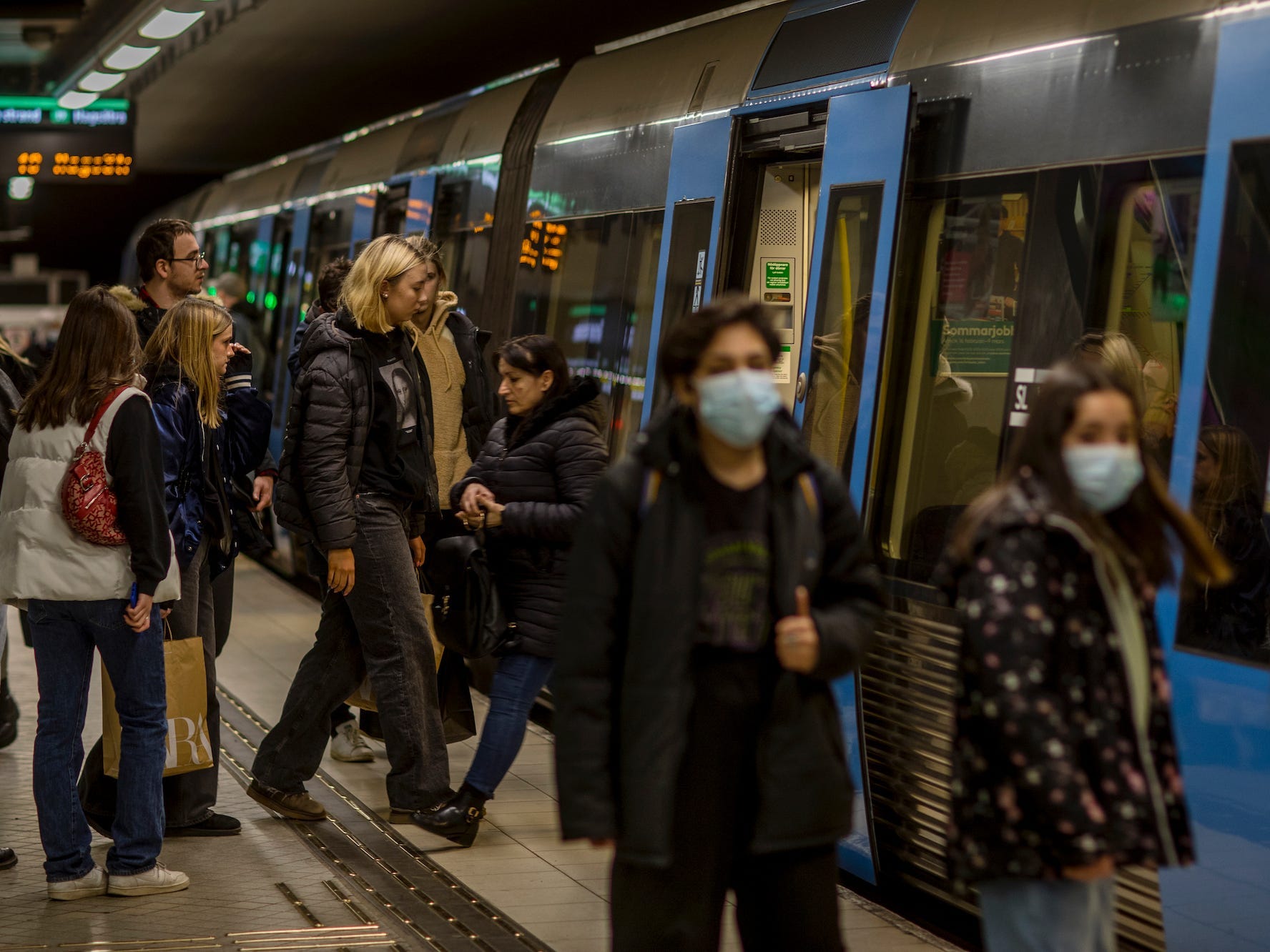
Jonas Gratzer/Getty Images
Pesao, a 44-year-old product developer, boarded a train going from Paris to her hometown of Barcelona on February 19 last year - months before a pandemic would upend how we meet people and fall in love.
Despite the train being relatively empty, Pesao sat near a man with whom she eventually struck up a conversation. She thought he was French at first, but later found out that they shared the same native language.
"I realized he was Spanish," Pesao told Insider, noting that she's Argentinian. "We both are Spanish, which is funny because we spent 15 minutes trying to understand each other in different languages."
Their conversation continued for the whole rest of the six-hour train ride, turning flirtatious.
In our modern world where technology rules communication, one might have expected the pair to exchange phone numbers or social media handles - anything that would enable them to stay in touch.
But not these two. They threw caution to the wind and planned on meeting back at the same train station one month later.
"These kinds of things only happened in movies like 'Before Sunset,'" Pesao said, referring to the 2004 film where a chance train encounter between two strangers, who fall into a spontaneous romantic adventure, decide to meet again at the train station without exchanging personal information.
"I never thought it could happen to me," Pesao added.
But before their next meeting could happen, COVID-19 spread and shut down all travel in Europe. Pesao never saw the man again.
Pesao submitted her story to the New York Times, where it was eventually selected for the TV show
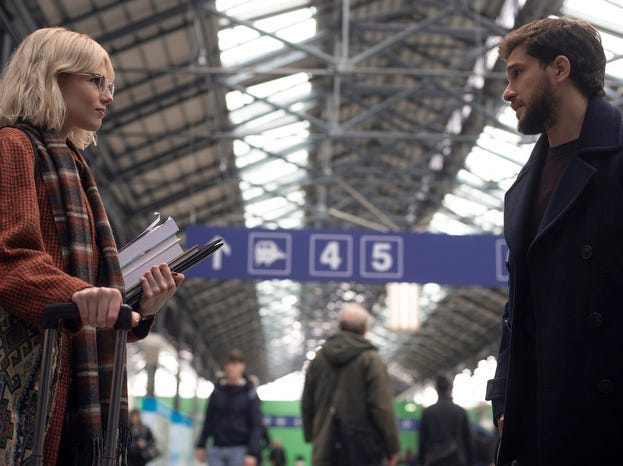
Christopher Saunders/Amazon Studios
While she was feeling down about the missed connection, a friend suggested Pesao watch season one of "Modern Love." She realized it was all based on true stories and decided to submit her own essay.
"In the end, I was not only stuck physically, but emotionally," Pesao told Insider while reflecting on being quarantined and unable to see the man on the train again.
A month after her story appeared in the Sunday print edition of the NYT, she was contacted by Amazon, notifying her that her story was selected for the series.
Trish Hoffman, executive producer of "Modern Love," told Insider that there was a lot of internal debate surrounding COVID-fatigue. But Cecilia's story felt right for an adaptation in season two.
"We felt like there was a fun aspect to this too - that wouldn't be so heavy during a time when there were so many real things happening that were very difficult," Hoffman said.
The show gave her story a Hollywood ending that didn't happen in real life
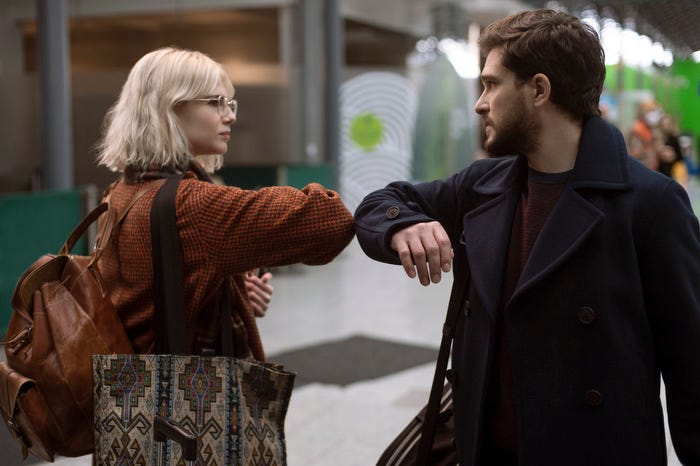
Christopher Saunders/Amazon Studios
There are several similarities, and one major difference, between Pesao's real experience and the version people see in the "Modern Love" episode.
Pesao has dark hair, a direct contrast to actress Boyton's blonde hair in the show. Still, Pesao's character in the episode, Paula, resembles her in a couple ways. The glasses worn by Pesao's fictionalized-self are the same ones she had on in a picture she sent to the NYT.
The product developer told the creative team at Amazon that she had planned on reading during the commute - a strategy for avoiding small talk with strangers.
"I brought some books to not be bothered," Pesao said. "So when I saw that [in the show], I thought, 'It's really like me.'"
In the episode, Harington's character Michael tracks down Paula by recalling a phone conversation she had in front of him. She had mentioned her address, so Michael then drives to her neighborhood and camps out in his car to wait.
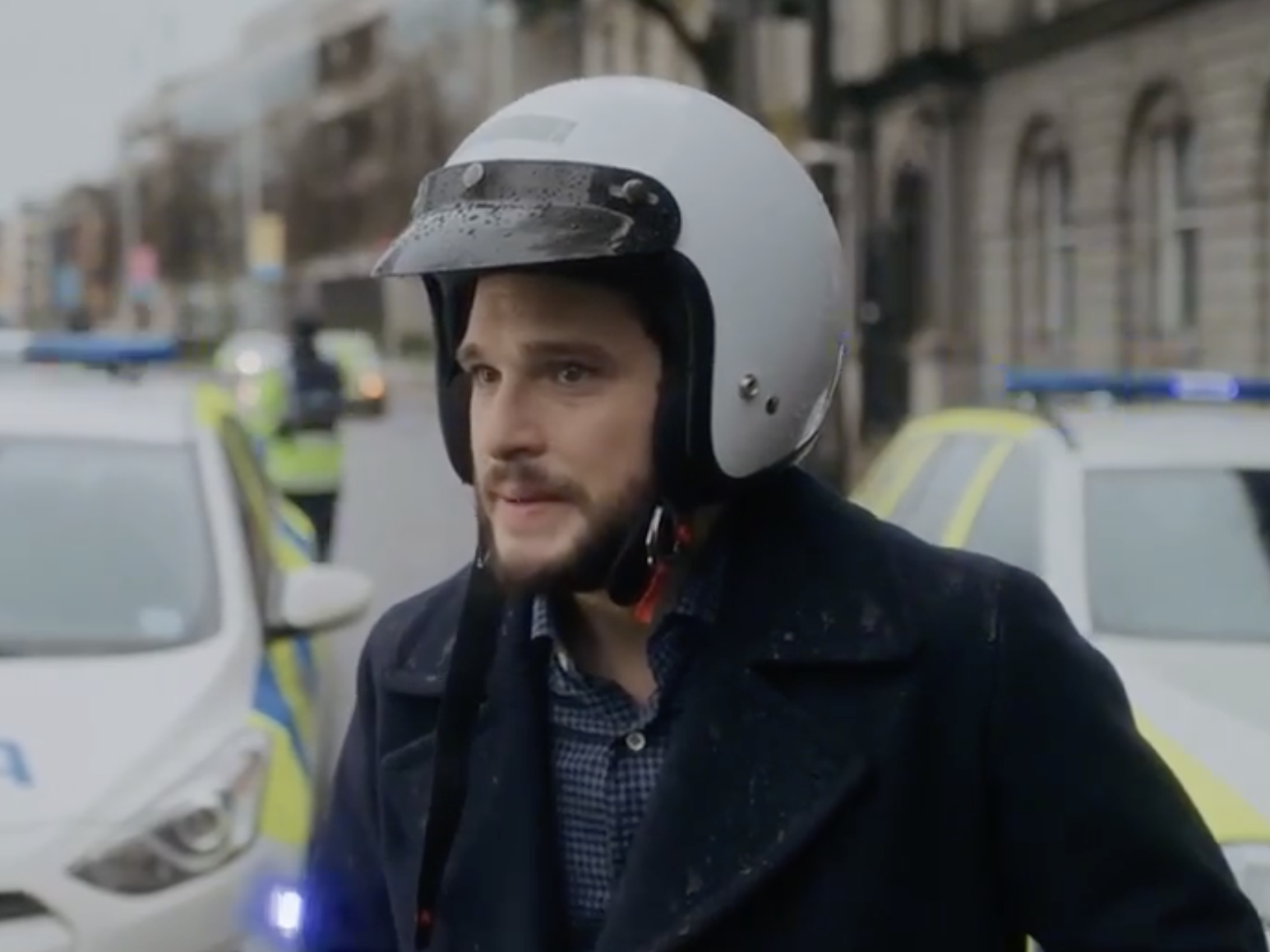
Amazon Studios
The ending suggests the possibility that love can prevail in the time of COVID-19, but that's not how Pesao's story ended.
The man on the train did recall clues in order to track her down online. Pesao had showed him something funny on her phone, and he caught a glimpse of her last name and used it to find her on Twitter. They exchanged numbers and chatted a bit more, hoping they could ride out the two-week quarantine and meet up again.
"He was really kind to me during confinement," Pesao said. "He called me once or twice to check how I was doing and [comforted me because] it was hard. He was my knight-in-confinement."
But the two eventually stopped talking, and her knight began dating someone else.
"It's not a Hollywood story. We never met again," she said, adding that she never told the real man that their story was turned into a column and eventually a TV episode. "I didn't have the courage."
Although it wasn't what she had hoped for, Pesao said at least she got something she didn't expect out of the failed chance of romance.
"It's not the best end because I would prefer a different one," she said, "but it makes you feel alive."